A video game console serves as a computer device that delivers a video signal or visual image to showcase video games that can be played by one or more individuals.
The term “video game console” refers to a console machine that is specifically built for consumer usage in playing video games, as opposed to arcade machines or home PCs. Arcade machine games are often made up of a video game computer, a display, a gaming controller (joystick, buttons, etc.), and speakers placed within a large or small chassis. A home computer, on the other hand, is a personal computer used for a variety of tasks such as bookkeeping, Internet access, and video game play. While arcades and computers are sometimes more expensive or require sophisticated technical knowledge, video game consoles were created with the general public’s affordability and accessibility in mind.

Unlike consumer electronics such as music players and movie players, which use industry-wide standard formats, video game consoles use proprietary formats, creating competition for market share. Home video game consoles, handheld game consoles, microconsoles, and dedicated consoles are all forms of video game consoles. While Ralph H. Baer invented functional gaming systems in 1966, it took nearly a decade for games like Pong to become popular in ordinary living rooms. Game consoles have expanded over time to include features like as CD players, DVD players, Blu-ray disc players, web browsers, set-top boxes, and more.
However, with the rise of cloud gaming services, a drawback has emerged. Cloud gaming providers operate gaming software from remote data centers rather than relying on high-end PCs or physical game consoles at home. Unlike standard video streaming, all graphics and sounds are broadcast via the internet to a TV or mobile device, creating an interactive experience customized to each participant.
ad
Types of Video Gaming Console
There are primarily three types of game consoles, each with its own characteristics:
- Home Video Game Console: These game consoles are designed to be connected to a television or monitor and require a power source from an outlet, limiting their usage to fixed locations. Early examples include the Atari 2600, Nintendo Entertainment System, and Sega Genesis, while more recent examples include the PlayStation 4 and Xbox One.
- Handheld Video Game Console: These game consoles are portable devices that feature a built-in screen and a battery, allowing them to be played anywhere. Examples of handheld consoles include the Game Boy, PlayStation Vita, and Nintendo 3DS, offering gaming experiences on the go.
- Hybrid Video Game Console: Hybrid consoles combine elements of both home and handheld systems. Currently, the only notable example of a hybrid console is the Nintendo Switch, which can be connected to a TV for traditional home console gaming or used in handheld mode with its built-in screen and detachable controllers.
These distinct types of game consoles cater to different preferences and gaming needs, offering a range of experiences for gamers to enjoy.
Generation of Video Gaming Console
The history of video gaming consoles can be divided into eight distinct generations. Each generation represents a significant leap in technology and gaming experiences. These generations have shaped the landscape of the gaming industry and have contributed to the evolution and innovation of video game consoles over the years.
First Generation
In the 1960s, video games made their initial emergence, being played on large computers connected to vector displays instead of analog televisions. This marked the early stages of the gaming industry’s evolution. Ralph H. Baer, an innovator, first proposed the concept of a home video game in 1951. Baer created a number of video game system designs while working at Sanders Associates in the late 1960s. One of these concepts, dubbed the “Brown Box” in 1966, featured adjustable game modes and piqued the attention of several television makers. Sanders Associates and Magnavox eventually reached an agreement as a result of this.
Magnavox introduced the Magnavox Odyssey in 1972, the first home video gaming console that could be connected to a television set. Baer’s original concept included a row of switches that allowed players to modify certain console components, resulting in variations of games like tennis, volleyball, hockey, and chase. Magnavox, on the other hand, chose to replace the switch concept with unique cartridges for each game. These cartridges worked similarly to switches, allowing players to choose from the Odyssey’s built-in games. While Baer had envisioned cartridges with new components to increase the game library, Magnavox’s initial release concentrated on cartridges that did the same thing as the switches.
This significant development in the 1970s laid the foundation for the home video game industry, setting the stage for the rapid evolution and popularity of video game consoles in the years to come.

Second Generation
Fairchild introduced the Fairchild Video Entertainment System (VES) in 1976, marking a watershed moment in gaming console history. Earlier systems used cartridges, however they were either limited in capability or completely reliant on the cartridge for game components. The VES, on the other hand, included a programmable microprocessor, which allowed cartridges to store microprocessor instructions using a single ROM chip.
Following in the footsteps of Fairchild, RCA and Atari entered the cartridge-based console industry. The RCA Studio II was released by RCA, while the Atari 2600 (formerly known as the Atari Video Computer System) was introduced by Atari. During this generation, these consoles, along with the Fairchild VES, established the foundation of the gaming console industry.
The notable gaming consoles of this generation include:
- Fairchild Channel F
- Atari 2600
- Magnavox Odyssey²
- Intellivision
- ColecoVision
- Atari 5200
These consoles introduced players to a new level of gaming experiences and laid the groundwork for the future advancements and innovations in the gaming industry.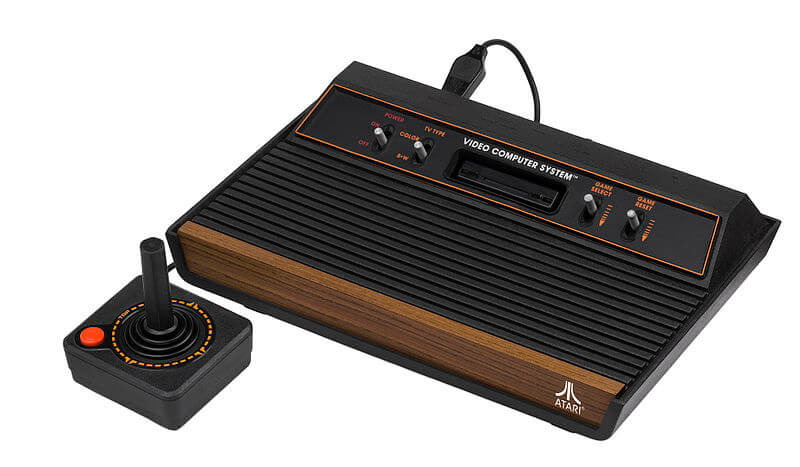
Third Generation
With the arrival of the Family Computer, commonly known as the Famicom, to Japan in 1983, Nintendo made a tremendous impact on the gaming industry. Support for high-resolution sprites, bigger color palettes, and tiled backgrounds were among the Famicom’s many innovations. Because of these qualities, Famicom games may offer more detailed graphics than prior consoles.
Nintendo saw an opportunity to bring the Famicom to the United States, despite the fact that the American video game market had recently crashed and was considered as a fading trend. To separate their product from prior gaming consoles and appeal to a wider audience, Nintendo rebranded the Famicom for the US market as the Nintendo Entertainment System (NES). The NES included a VCR-style front-loading cartridge slot, a plastic “robot” named R.O.B., and was first marketed as a toy rather than a game console.
The NES rapidly became a smashing success, becoming the best-selling console in North American history. Its release reinvigorated the video game business and established Nintendo’s dominance in the industry. Mario, who first appeared in the NES game Super Mario Bros., became a global symbol and an adored figure in the gaming industry.
The notable gaming consoles of this generation include:
- Famicom/NES
- Mark III/Master System
- Atari 7800
- Atari XEGS
These consoles played a crucial role in shaping the gaming landscape of the time and set the stage for the future growth and popularity of video games.

Fourth Generation
By introducing the PC Engine, popularly known as the TurboGrafx16, as the first fourth-generation console, NEC made a huge foray into the game console market. This breakthrough occurred after Hudson Soft contacted NEC with an upgraded graphics chip after being rejected by Nintendo, which was still profiting from their successful NES console. As a storage media for games, the TurboGrafx used the unique HuCard format. Because of the small size of these proprietary cards, NEC was able to repurpose the console as a handheld gaming device as well.
While the PC Engine sold well in Japan, its North American counterpart, the TurboGrafx, faced stiff competition and struggled to gain traction. Although the console was not officially released in Europe, clones and imports from North America became available in key countries beginning in 1990. NEC advertised their console as “16-bit” to emphasize technological advances over the NES, and this established a pattern in which following fourth-generation consoles were similarly sold as 16-bit systems. As a result, this generation is often referred to as the “16-bit generation,” in contrast to the prior “8-bit generation.”
The notable gaming consoles of this generation include:
- Game Boy
- Atari Lynx
- Game Gear
- TurboExpress
These consoles played a crucial role in shaping the gaming landscape of the time, offering portable gaming options and pushing the boundaries of graphics and technology.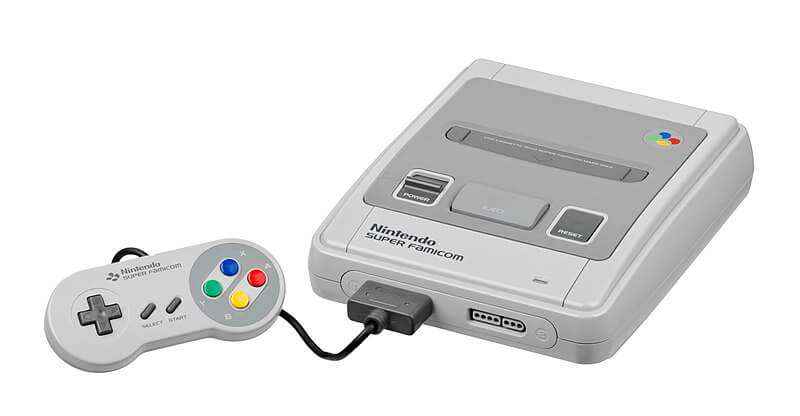
Fifth Generation
Home computers began to acquire popularity as a popular platform for playing video games during this time period. However, the video game console industry thrived alongside home PCs for a variety of reasons. Game consoles offered significant advantages such as lower prices, easier portability, dedicated circuitry specifically designed for gaming, compatibility with television sets (which most PCs did not have at the time), and robust first-party software support from console manufacturers who relied heavily on the success of their consoles for future endeavors.
The notable gaming consoles of this generation include:
- FM Towns Marty
- Amiga CD32
- Atari Jaguar
- 3DO
- PC-FX
- Sega 32X
- Virtual Boy
- Sega Saturn
- PlayStation
- Nintendo 64
- Apple Pippin
These consoles represented a diverse range of gaming experiences and technologies. Each console had its own unique features and library of games, contributing to the overall richness of the gaming landscape during this era.
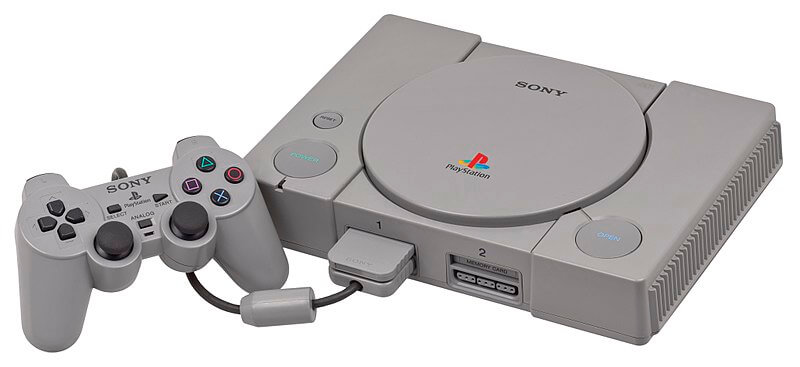
Sixth Generation
There was an evident transition toward using DVDs as the primary mediums for video game distribution throughout the sixth generation of gaming consoles. This transition, combined with developments in hardware specifications, allowed for the creation of lengthier, more graphically attractive games. Furthermore, this generation saw the emergence of online console gaming, ushering in a new era of multiplayer activities.
The prominent gaming consoles of this generation include:
- Dreamcast
- PlayStation 2
- GameCube
- Xbox
Each of these consoles brought unique features, extensive game libraries, and distinct gaming experiences to the market. The sixth generation was characterized by technological advancements that significantly enhanced gameplay, graphics, and multiplayer capabilities, paving the way for the future evolution of the gaming industry.
Seventh Generation
Video game consoles had emerged as an important component of the global IT infrastructure, playing a crucial role in global computing capabilities. In reality, by 2007, video game consoles were predicted to account for nearly 25% of the world’s general-purpose computer capacity.
The notable gaming consoles of this generation include:
These consoles introduced innovative features, immersive gameplay experiences, and advanced graphics capabilities, further solidifying the influence and impact of video game consoles in the technology landscape. The sixth generation witnessed a convergence of entertainment, technology, and computing power, as gaming consoles continued to push the boundaries of what was possible in the gaming industry.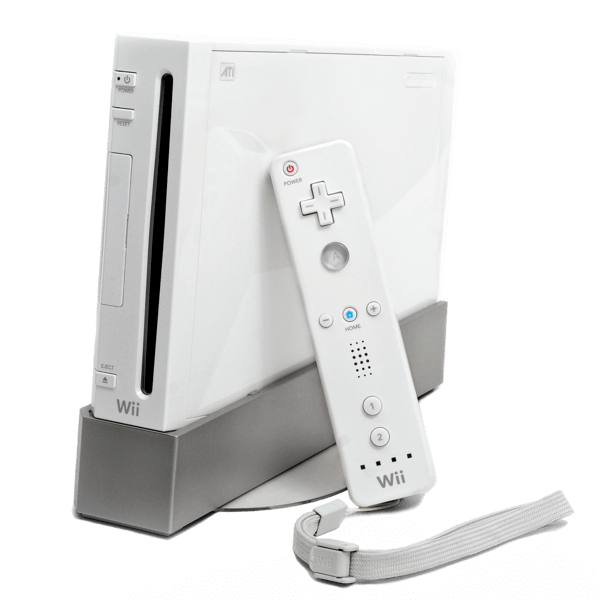
Eighth Generation
Hardware developments in the eighth generation of game consoles were accompanied by a major emphasis on integration with other media and better connectivity. Each system introduced new features and experiences to the gaming world.
The Wii U introduced a controller/tablet hybrid, allowing for augmented reality in video games. The PlayStation 4 included a “share” button for transferring game content between devices, whereas Microsoft’s Xbox One aspired to provide a holistic entertainment experience. The Nintendo Switch, a hybrid console, allowed users to play games on both a TV and a portable device.
The notable gaming consoles of this generation include:
- Nintendo 3DS
- Nintendo Switch Lite
- PlayStation Vita
- Wii U
- PlayStation 4
- Xbox One
- Nintendo Switch
This generation showcased a focus on expanding connectivity, multimedia integration, and diverse gameplay experiences, catering to the evolving preferences and demands of gamers worldwide.

It is now easier to decide which gaming console is best for enjoying games with friends and family. Regardless of the system used, getting the most recent games is critical to improving the gaming experience and making it more enjoyable.
You may make an informed decision by researching your options and taking into account things such as game libraries, multiplayer capabilities, and the preferences of your friends and family. Each gaming console has its own set of features, exclusive titles, and multiplayer capabilities that cater to different gaming tastes.
There is a wide range of options available to suit various gaming preferences and social interactions, whether it’s cooperative gameplay experiences on consoles like PlayStation, family-friendly and interactive offerings on Nintendo platforms, or robust online multiplayer features on Xbox.
To keep the experience fresh and enjoyable, remember to constantly update your gaming console and explore the vast variety of games. In the end, the greatest gaming console for playing with friends and family is determined by personal preferences and the type of gaming experience you want to share.
ad




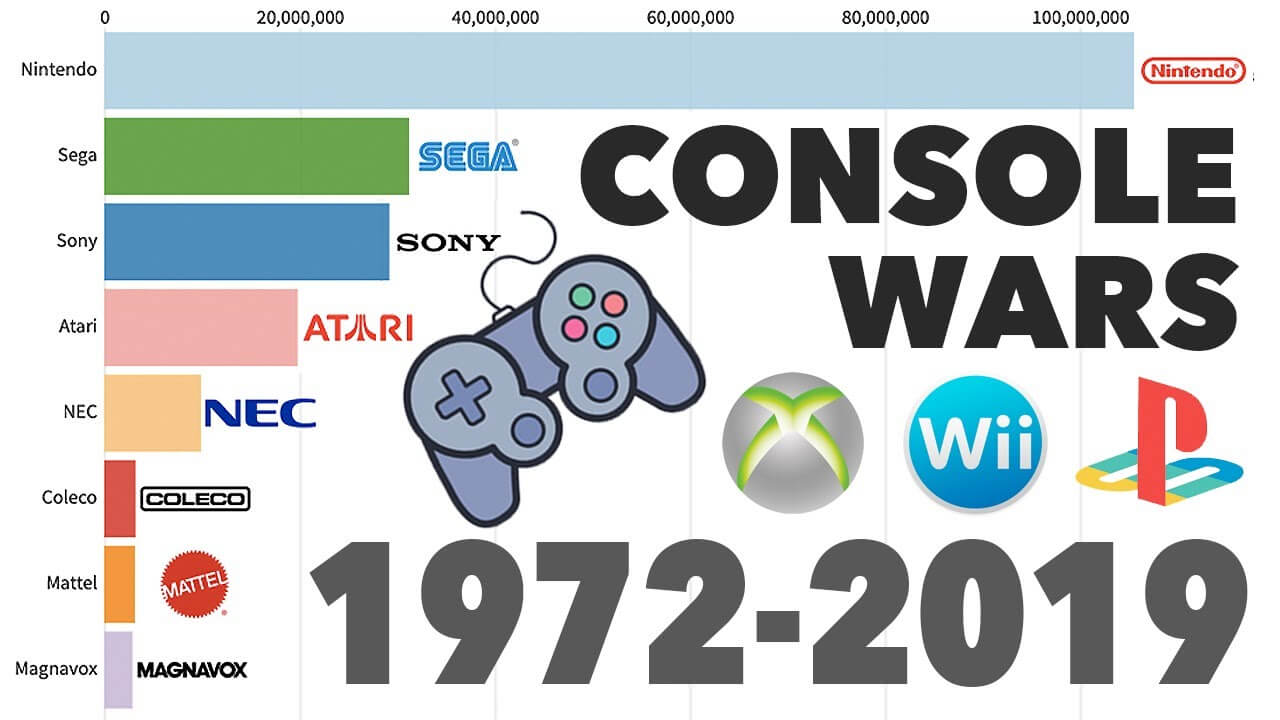

Comments are closed.